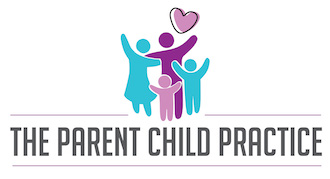As parents, we’re dedicated to giving our children every possible advantage in their education. For those with dyslexia, this mission can sometimes feel especially challenging during test times. However, there are specific steps we can take to help level the playing field. Let’s discuss some of the accommodations that can make a big difference in test-taking for dyslexic students.
Extra Time: An Essential Adjustment
Tests are usually timed, but for a student with dyslexia, the rush can make a tough task almost impossible. Extra time is one of the simplest yet most effective accommodations. It gives students the opportunity to process questions and craft their answers without the pressure of the clock.
Quiet Spaces: Reducing Distractions
A separate testing area can drastically improve concentration for a student with dyslexia. In a quieter space without the rustle of paper or whispering of other students, they can focus better on the task at hand.
Clear Format: Making Text Accessible
Small tweaks in the presentation of test materials can go a long way. Larger, easier-to-read fonts and the use of colored paper to contrast with the ink can decrease eye strain and help make text more legible.
Reading Aloud: Hearing vs. Reading
For some students with dyslexia, listening to the questions can be much easier than reading them. Whether it’s a person reading the test aloud or audio recordings, having the option to hear the test can be very useful.
Assistive Technology: A Helping Hand
There’s a range of technology out there designed to aid students with dyslexia. These tools can help with reading, writing, and organizing thoughts, which can be especially helpful during an exam.
Oral Responses: Speaking the Answers
When writing down answers is a challenge, giving oral responses can showcase a student's true understanding. Some students can express their knowledge more accurately when they can say it rather than write it.
Conclusion: Equalizing Opportunities
The goal of these accommodations is not to give students with dyslexia an advantage but to provide them with the same opportunity to demonstrate their knowledge as their peers. As we work with schools to implement these changes, we’re advocating for fairness and inclusivity in education.
It’s our responsibility to make sure that our children have what they need to succeed. By understanding and asking for these accommodations, we can help ensure that dyslexia doesn’t stand in the way of their achievements. My goal when evaluating students and crafting recommendations is to create testing environments where our kids can thrive.
If you want to know more about how to get an evaluation for your child or how to get appropriate recommendations for your child if they have dyslexia, feel free to contact me.




